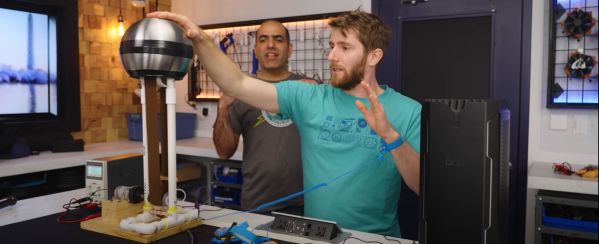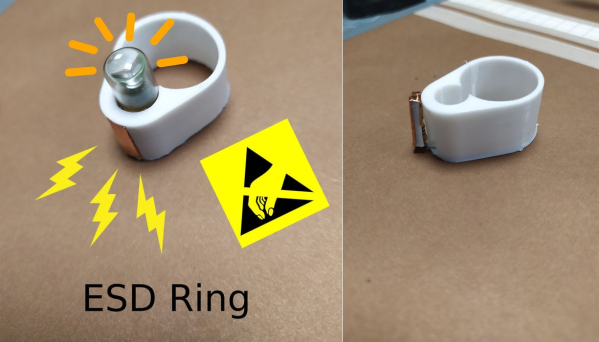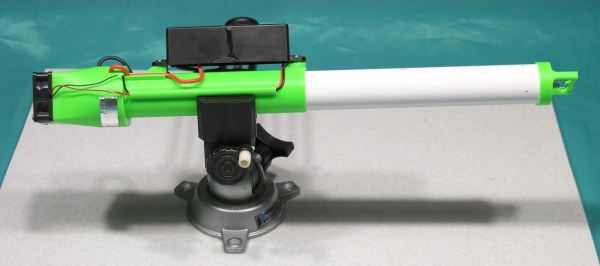Nobody likes getting zapped from an electrostatic discharge, no matter whether you’re a fragile ASIC or a bag-of-mostly-salty-water humanoid. To prevent this, ESD wrist straps and similar are essential tools, as they prevent the build-up of a charge on your humanoid’s skin, essentially like a very large electrolyte-filled capacitor. Yet you can buy wireless ESD straps everywhere that are supposed to somehow dissipate this charge into the ether, even though this would seem to undermine the laws of physics that make capacitors work.
In a practical experimentation and assorted hijinks video collaboration by [Linus] from Linus Tech Tips and [Mehdi Sadaghdar] from ElectroBOOM put these wireless ESD straps to the test, featuring [Mehdi]’s DIY Van de Graaff generator to charge [Linus] up. What is excellently demonstrated in this video is how effective a real ESD strap is, and how the ‘wireless’ version is just a scam that does absolutely nothing to dissipate the charge, being just a waste of a 1 MOhm resistor and what could have been a real ESD strap.
Also covered in the video are what the reason for the resistor in an ESD strap is, and why metal bracelet type ESD straps are not appropriate, for very good reasons.
Continue reading “Busting Wireless ESD Wrist Straps With LTT And ElectroBOOM”















